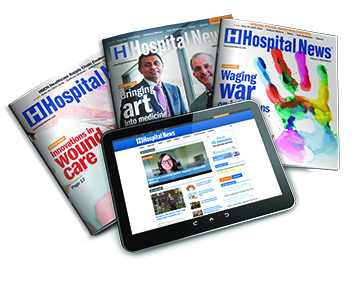London Health Sciences Centre (LHSC) has developed a new tool to improve patient care by better managing the triage process for expectant mothers coming into hospital. The Obstetrical Triage Acuity Scale (OTAS) was designed by hospital Obstetrical staff to assist triage nurses in efficiently and consistently determining the severity of a patient’s presenting complaints in an effort to appropriately assess and care for them.
“This scale allows us to improve patient care in three important ways,” says Dr. Rob Gratton, Chief of Obstetrics for LHSC. “First, we are able to ensure we are seeing patients based on a standardized assignment of acuity rather than in order of arrival. It also helps us to define the acuity level of our unit at any given time, which helps ensure adequate staffing and resources are in place. And finally, it allows us to measure patient flow and the length of time to care based on acuity.”
Last month, the American Journal of Obstetrics and Gynecology published the findings of the reliability and validity of the OTAS acuity assessment tool. OTAS is the first standardized acuity assessment tool designed specifically for pregnancy-related problems. The OTAS research and design was undertaken by staff from LHSC’s Department of Obstetrics and Gynaecology over a two-and-a-half year period, and included current and future state mapping, presentations to key stakeholders, staff education sessions as well as an inter-rater reliability study on the tool. The triage acuity scale ranks patients by severity on a scale from one to five, with one being the most urgent priority, and is also used to rate issues such as pregnancy complications and labour developments.
“The development and implementation of the OTAS tool has been an incredible undertaking for the entire Obstetrical team at LHSC,” says Laurie Gould, Executive Vice President, Patient Centred Care. “In particular, the nursing staff in the Obstetrical Care Unit has played a vital role in the tool’s success. We are excited about the benefits this tool will continue to have for our patients at LHSC and beyond, as we share it with hospitals in our region and across the country.”



